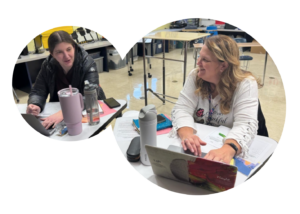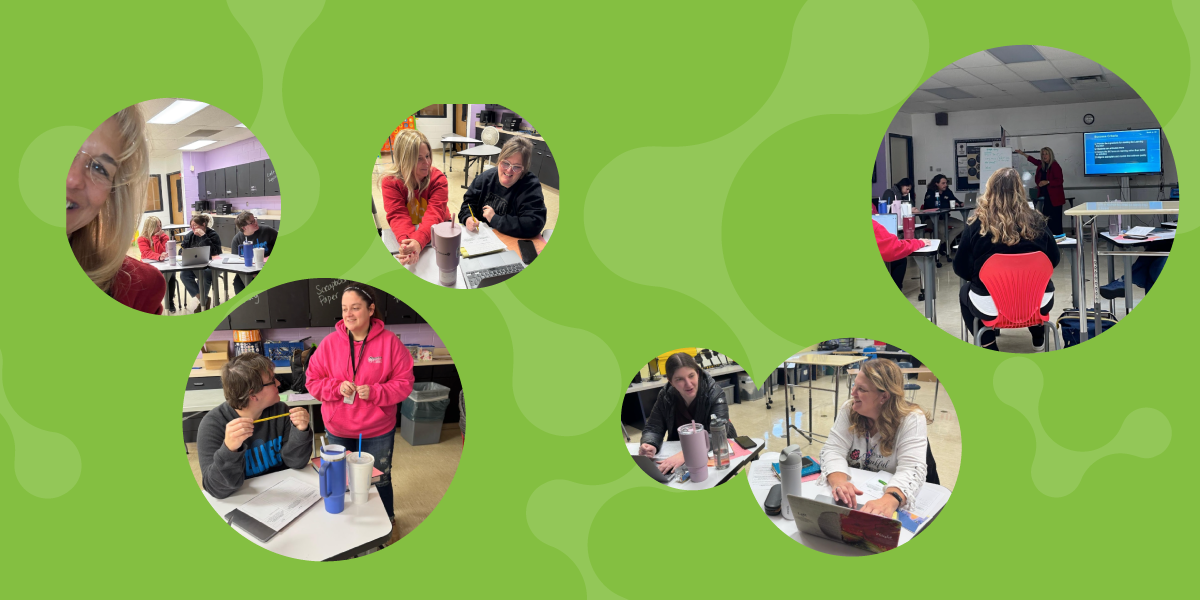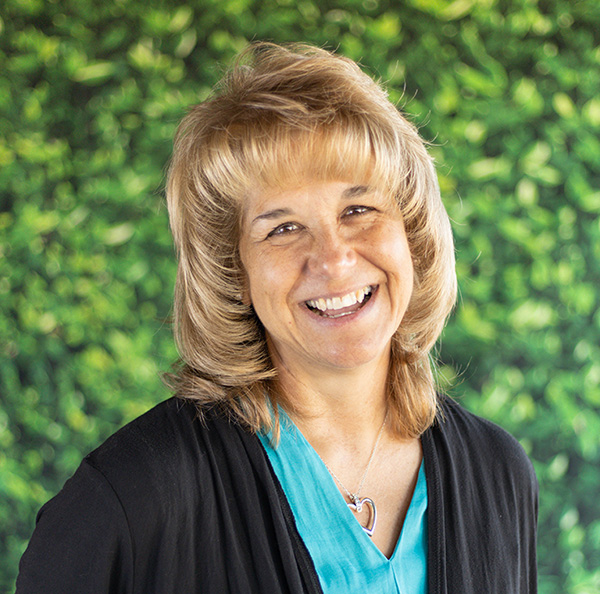
Competency-Based Learning (CBL) offers a transformative approach to more equitable, rigorous education by prioritizing learners’ mastery of skills and concepts over seat time, fostering learner agency, and embedding equity into the very fabric of instruction.
By shifting the focus from content delivery in a specified time to student-centered learning experiences, school districts in Missouri are taking bold steps toward ensuring that all students have the opportunity to succeed. Through the Success Ready Students Network (SRSN) and with theguidance of The Core Collaborative, educators are rethinking their practices to create more equitable learning environments where all students can demonstrate mastery at their own pace.
The professional learning with teachers is exciting and enlightening. Teachers often start with a deep dive into the *eight elements of competency-based learning.
Eight Elements of Competency-Based Learning
- Students are empowered daily to make important decisions about their learning experiences, how they will create and apply knowledge, and how they will demonstrate their learning.
- Assessment is a meaningful, positive, and empowering learning experience for students that yields timely, relevant, and actionable evidence.
- Students receive timely, differentiated support based on their individual learning needs.
- Students progress based on evidence of mastery, not seat time.
- Students learn actively using different pathways and varied pacing.
- Strategies to ensure equity for all students are embedded in the culture, structure, and pedagogy of schools and education systems.
- Rigorous, common expectations for learning (knowledge, skills, and dispositions) are explicit, transparent, measurable, and transferable.
- Students engage in Real World Learning experiences that support high school, college, career and workplace readiness.
*The eight elements of competency-based learning (CBL) include seven elements developed by the Aurora Institute with an eighth element added for Missouri schools by the Success Ready Students Network (SRSN).
Teachers work in teams, thinking through where they are in their current practices compared to what the expectations describe. This is a powerful practice that allows educators to dig into what they are doing and where they might want to grow. A next step is to talk through the research and processes of Clarity for Learning, based on the work by Kara Vandas and John Almarode, that brings the learning of CBL from the 30,000-foot view of systems and structures and helps ground the learning in what students know, are able to do, and what the next steps are in their learning. It’s oftentimes a very eye-opening viewpoint for teachers who can get stuck in “clarity problems” such as: fragmented teaching and learning, activity-driven instruction, misaligned strategies, lack of progress monitoring, or unhelpful assessment data (Vandas, Almarode; 2018).
One of the Missouri school districts focusing on this work is Raymore-Peculiar. Their district’s secondary leadership and alternative school staff have been moving toward competency-based learning for several years as a part of the SRSN efforts and now also supported by The Core Collaborative. Director of Secondary Schools, Dr. Glenna Bult, recognized the need for additional support for her teams as they transition to CBL. She is engaging educators in professional learning to help grow their efficacy and understanding as they transition from their current, more traditional, practices to an emphasis on developing competency.
Tammy Novak and Amanda Kilgore, Raymore-Peculiar’s Innovation Instructional Coaches, had this to say about the professional learning they are experiencing,
“I saw light bulbs come on when teachers were taught about success criteria and how those impact learning. The data and examples given behind student clarity, feedback, and reporting gave a clear path to teachers as to how to focus on what is learned rather than what is taught when developing lessons. This work encourages teachers to be collaborative with each other, administrators, and coaches as well as allowing them to be vulnerable with each other for the sake of what is best for learners. Throughout all presentations, teachers are exposed to instructional strategies that can instantly be implemented in the classrooms to create opportunities for deeper learning. When we began the CBL process, our focus was on the competency scale, and now I see that our focus needs to begin with learner agency.
Dr. Westfall has a unique way of using current research to fuel the flame for this work. The Innovation Pyramid has been a guide that the administrators and I have used when planning professional learning to keep our focus on track to make the most gains with our staff as we shift our focus from structures and tools towards beliefs and instructional strategies, we continue to evaluate our current practices and grow toward the future.”
It’s exciting to see competency-based learning get traction and make a significant difference for teachers as they shift their focus toward the impact of their teaching and analyze collections of student evidence of learning to measure progress. The Raymore-Peculiar team is dedicated to doing what is best for students, and they have set themselves up to see enormous success through this process that expects equity for all.
References
Success Ready Students. (n.d.). Framework. Success Ready Students Network. Retrieved January 23, 2025, from https://www.srsnmo.org/page/framework
Aurora Institute. (n.d.). CompetencyWorks. Aurora Institute. https://aurora-institute.org/our-work/competencyworks/



